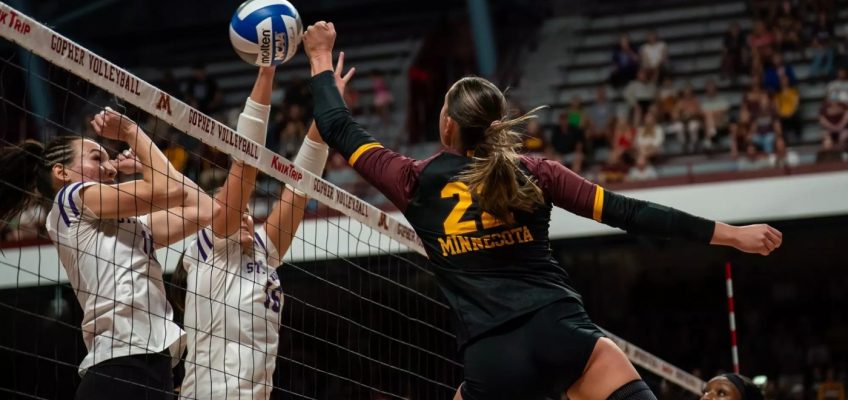In the immediate wake of the Vikings’ 26-0 loss at Seattle on Sunday, there was a general sense that the game was lost as soon as Max Brosmer threw a pick six late in the first half.
Asking Brosmer, an undrafted free-agent rookie making his first NFL start, to make a play instead of settling for a game-tying field goal, if not insane — the narrative goes — was a dereliction of duty.
And truth be told, Brosmer responded by throwing one of the worst interceptions in Vikings history, a panicked, underhanded heave that had about three Seahawks defenders lining up for an interception. Ernest Jones IV got there first, but to be honest, it was thrown right to him.
Jones completed the play by running an official 95 yards for a touchdown and a 10-0 lead. And, yeah, the game was over. It was the ugliest play in a game full of them.
But, c’mon. This team was completely outmatched on Sunday. Its best chance to win was by forfeit. They didn’t lose 14-10, they lost 26-0. They weren’t just shut out on Sunday, they were no-hit. It’s hard to imagine anyone watching all four quarters of that game and pointing to any single Vikings mistake as the deciding factor.
The Vikings turned the ball over six times, four interceptions and two fumbles. The defense was called offside — the dumbest penalty in football at any level — four times. Aaron Jones ran six times for three yards and left with an injury.
The Vikings’ once-lethal passing game is officially beached. Brosmer was sacked four times. Star receiver Justin Jefferson caught two passes for four yards, Jordan Addison caught five and dropped two.
It’s difficult to go back and determine what this team’s best-case ceiling was at the season’s onset, but it has become a bad football team — now 4-8 and last, by a long shot, in the NFC North.
Is it all just because they don’t have a quarterback?
Clearly, the expectations for J.J. McCarthy were optimistic, if not officially delusional. But blaming this all on one position seems too easy. Still, there’s no doubt the team’s inability to field one reliable quarterback — in three tries — has been the team’s biggest weakness.
The defense is fine. It can wreak havoc on quarterbacks, and has respectable numbers against the run and pass. It’s not great, and doesn’t force enough turnovers — only three interceptions — but it could help a better offense win games.
But the offense is on its third quarterback and still hasn’t found a reliable one. The decision to roll the dice with first-year starter McCarthy has worked neither competitively nor developmentally.
The Vikings lead the NFL in interceptions (15) and can’t consistently get the ball into the hands of Jefferson, who has been one of the two or three best receivers in the NFL since his rookie season in 2020.
After Sunday, Jefferson had 60 receptions for 795 yards with two (!) touchdowns in 11 games. He finished higher in each category in 2023, when he was limited to 10 total games because of a hamstring injury.
Who will make the team’s best player happy again? Jefferson has to be wondering if he’s wasting his prime on a team that seems a long way from the franchise’s first Super Bowl appearance since 1977.
There was some hope that Brosmer, who parlayed a combination of accuracy and preternatural processing skills into a roster spot out of training camp, might surprise everyone by running an efficient ship on Sunday. But when set upon by an unblocked DeMarcus Lawrence, he made every bad decision in five seconds.
This team has a lot of big decisions ahead of it, and we can take only one certainty from Sunday’s game: If McCarthy returns from concussion protocol this season, he will regain his starting job.
Related Articles
Vikings get embarrassed by Seahawks in Max Brosmer’s first start
Vikings will be without Christian Darrisaw in Max Brosmer’s first start
Vikings picks: We have a Max Brosmer believer
Vikings at Seahawks: What to know ahead of Week 13 matchup
The Loop Fantasy Football Update Week 13: Last-minute moves




